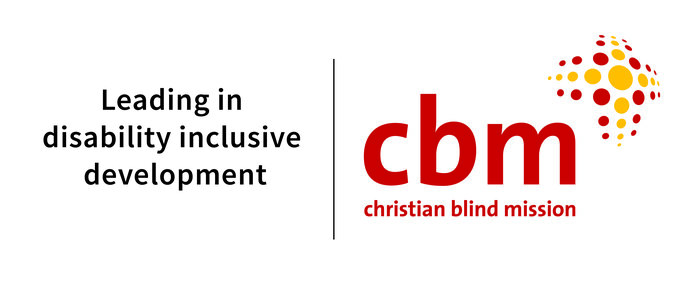CBM

CBM is an international development and humanitarian organisation dedicated to improving the quality of life of persons with disabilities in the world's poorest countries. With an estimated 1.3 billion people with significant disabilities worldwide, the need for inclusive development is more critical than ever. With over 115 years of experience working alongside persons with disabilities globally, we strive to remove the barriers that marginalise them in low and middle-income countries of the world.
Building an inclusive society
We seek to:
- Reduce the prevalence of diseases which cause impairments.
- Minimise the conditions which lead to disability.
- Promote equal opportunities for economic empowerment, livelihood security, and full inclusion in all aspects of society for persons with disabilities
How we combat NTDs
CBM supports Neglected Tropical Diseases programmes in regions where they are a public health concern. We leverage our expertise to build sustainable, community-owned programmes that are inclusive, integrated, and impactful.
CBM supports national NTD programmes to advance NTD elimination in Burundi, the Central African Republic (CAR), the Democratic Republic of the Congo (DRC), Ethiopia, Nigeria, and South Sudan. In addition, we provide technical assistance to NTD programmes in Egypt and Yemen.
CBM's Head of NTDs and MERLA, Girija Sankar, was the 2023-2024 Immediate Past Chair of the NNN.